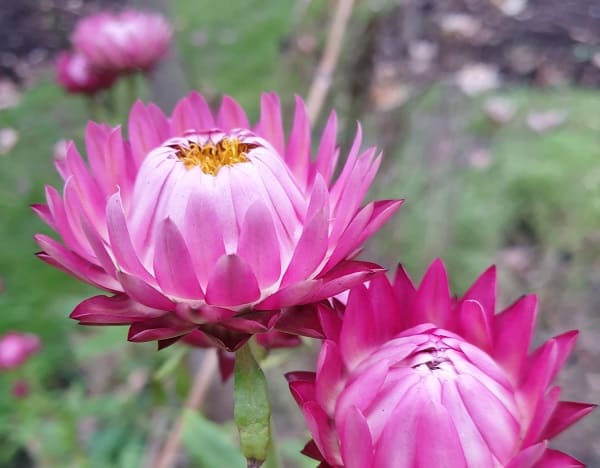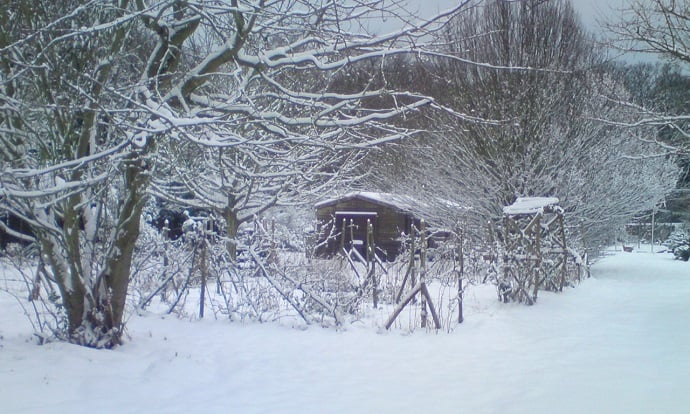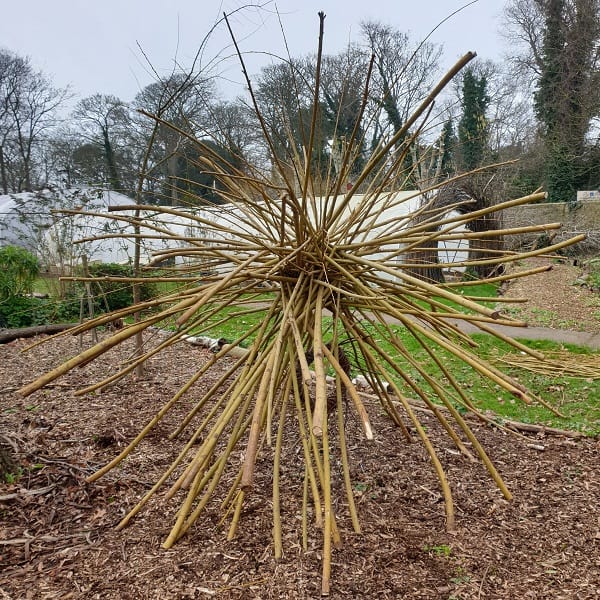
By Nick Condron
Happy New Year!
As the winter weather settles in, it’s easy to feel a little down and disconnected from the outdoors. But fear not – our community garden is here to provide a little bit of green and growing inspiration, even in the midst of winter.
As we begin a new year it’s the perfect time to start thinking about getting involved yourself. Community gardening is a great way to get outside, meet new people, and make a positive impact on your community.
If you’re new to community gardening, you might be wondering what it’s all about. Essentially, a community garden is a shared space where people come together to grow fruits, vegetables, and other plants.
One of the best things about community gardening is the sense of community and collaboration that it fosters. By working together, gardeners can learn from each other, share ideas, and support one another as they work towards a common goal.

We encourage all members of our community to get involved in our Garden Gate Project, whether it’s by volunteering their time, donating resources, or simply stopping by to enjoy the fruits (and vegetables!) of our labour.
Looking ahead to the New Year, we have big plans for our garden. We’ve already prepared the ground to move our popular cut-flower garden to the sunnier area between our smaller polytunnel and the old weather station. Plus, we’re pressing ahead with the further expansion of our successful no dig vegetable beds.
If you’re in the dark, no dig gardening is a method of growing plants without disturbing the soil through traditional methods such as tilling or digging. This approach is based on the idea that disturbing the soil can lead to a loss of beneficial microbes and nutrients, and can also lead to weeds taking over.
To start a no dig garden, the first step is to choose a location that gets plenty of sunlight and has good drainage. Next, you’ll need to prepare the area by clearing any weeds or debris and layering materials such as cardboard, newspaper, or straw to help suppress weeds and retain moisture.

On top of the weed suppressing layer, you’ll add layers of compost and other organic matter to create a rich growing environment for your plants. You can plant seeds or seedlings directly into the compost, or you can create raised beds to contain the compost and make it easier to manage.
Once your garden is established, the key to no dig gardening is to regularly add layers of compost and mulch to keep the soil healthy and nourished. It’s also important to water regularly and weed as needed.
No dig gardening is a great option for those who want to grow their own food without the labour-intensive work of tilling and digging, and it can be a more sustainable and eco-friendly option as well.
We can’t wait to see what the New Year brings for our community garden, and we hope you’ll join us in making it a success. Here’s to a happy and healthy 2023!

